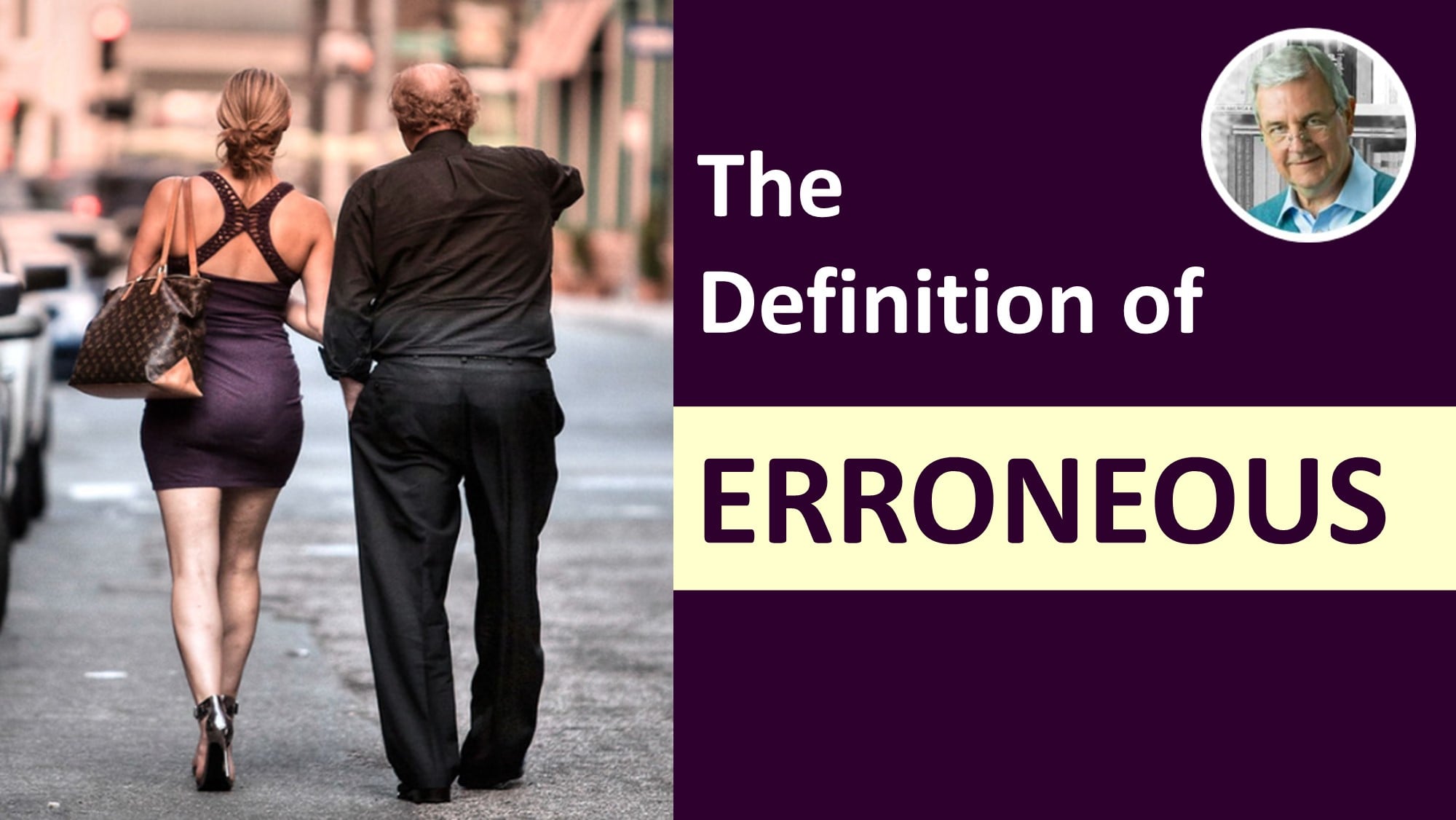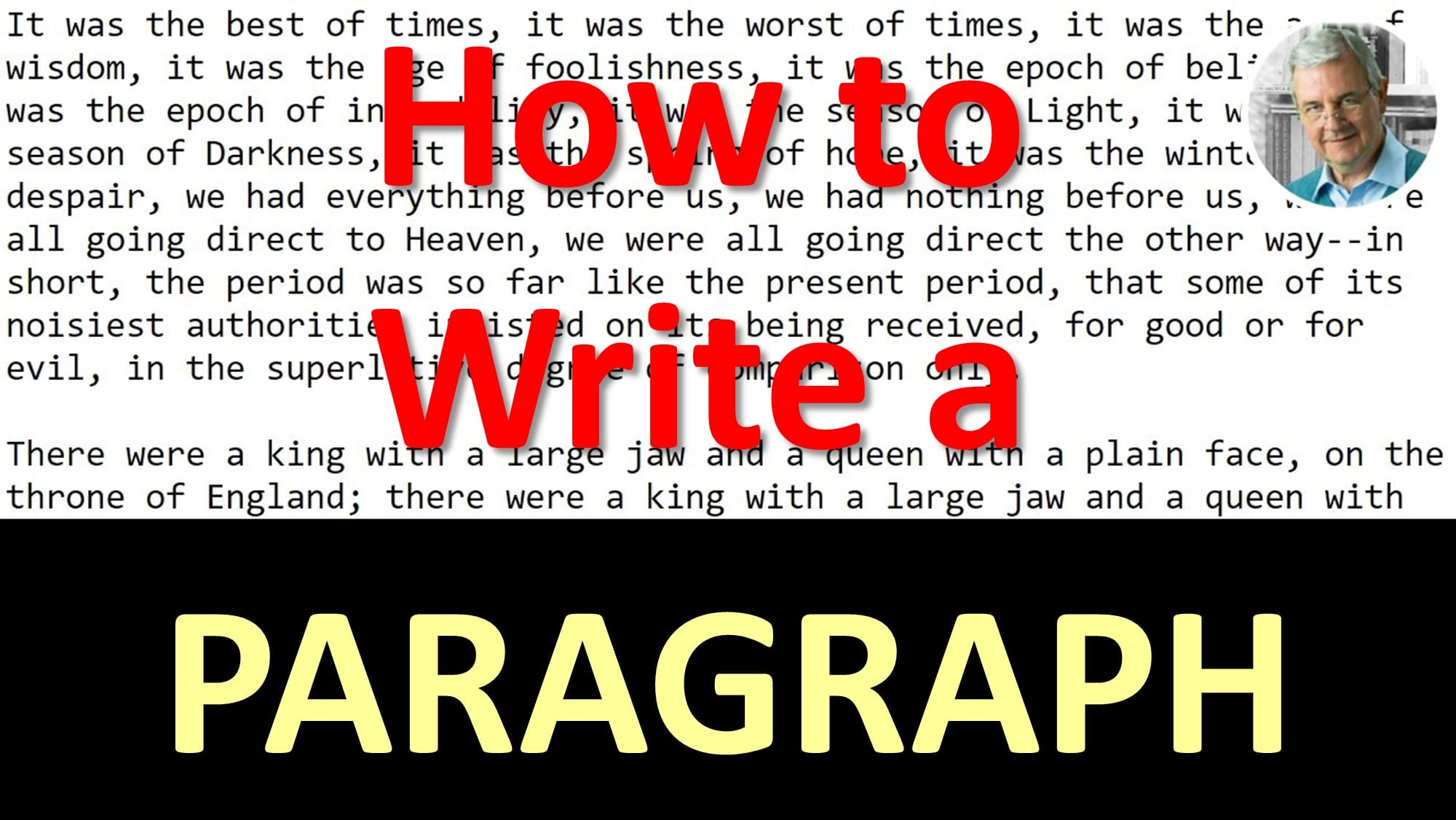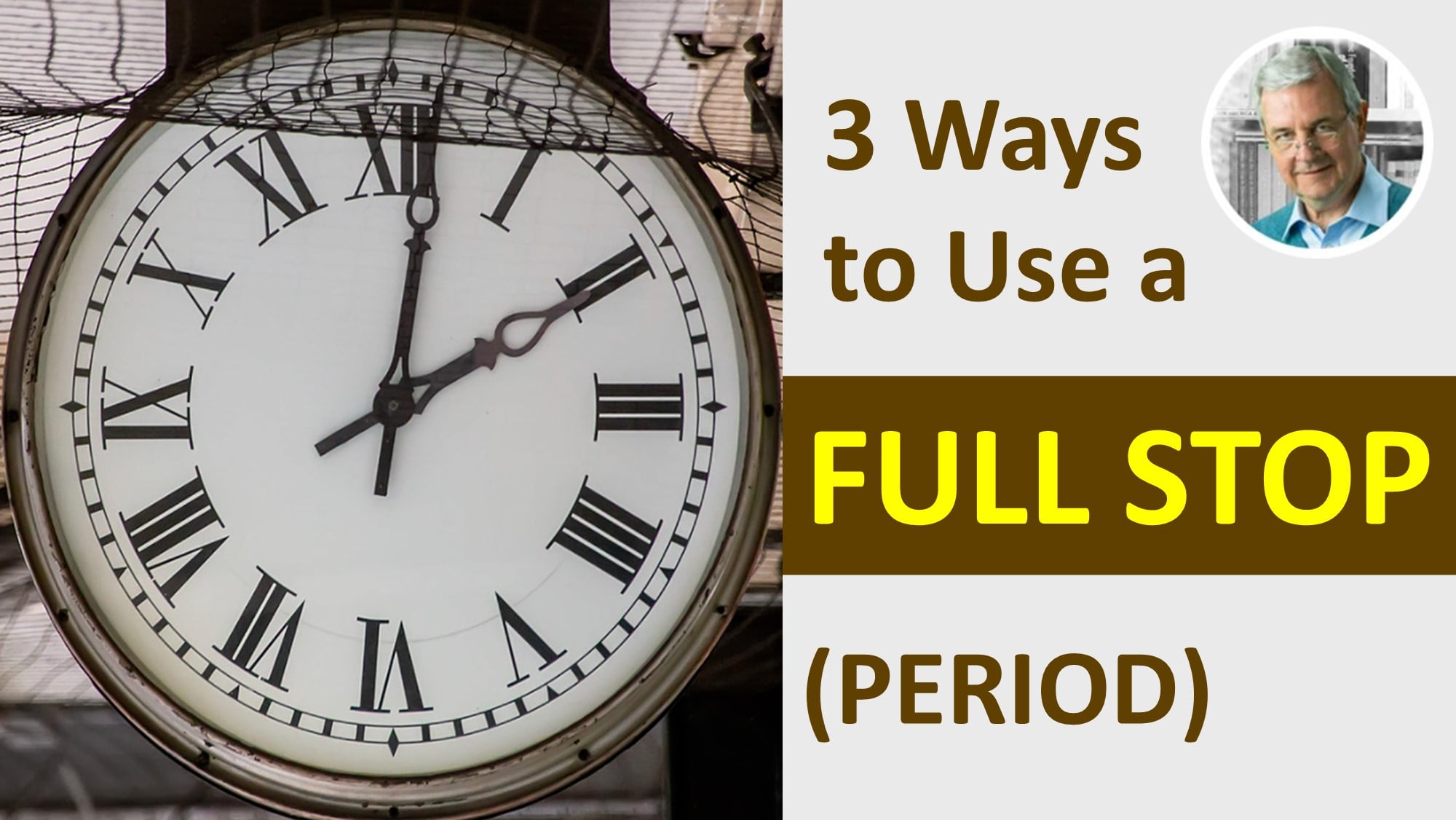When to Use a COLON (With Illustrated Examples)
When to Use a COLON
There is some confusion on how to use the punctuation mark, the colon. This video explains how to use a colon in 5 different ways.
Each way is illustrated with pictures and sentence examples. You can make your English writing more powerful and make it look more professional when you know how to use a colon.
After seeing the video, look for opportunities today to use a colon in your writing.
Here is a transcript of the video: How to Use a COLON
Slide 2:
Here are 5 main ways in which to use a colon:
- To focus attention on something, e.g.
- a list
- a quotation
- a noun or noun phrase
Slide 3:
List
The colours in a rainbow are in a strict sequence: Red, Orange, Yellow, Green, Blue, Indigo and Violet.
Slide 4:
Quotation
George Clooney once made this incisive remark: “You never really learn much from hearing yourself speak.”
Slide 5:
Noun or phrase
Eccles, a town in Greater Manchester, UK, is famous for one thing: Eccles cakes!
Note: Eccles cakes are traditionally made from flaky pastry, butter, nutmeg, candied peel, sugar and currants. They are exported all over the world.
Slide 6:
2. To join two sentences that complement or are related to each other.
Slide 7:
If you have fair skin, be sure to wear a sunscreen lotion when out in the sun: sunburn can be very painful.
Note: The two parts are complete in themselves. The second part explains and complements the first part. Use this writing technique sparingly so as not to interrupt the flow of your writing.
Slide 8:
3. With numbers, e.g.
- Time – 12:34
- Ratios – 4:3
- Biblical citations – Genesis 1:1
Slide 9:
4. In titles and subtitles – Himalaya: A Human History
Slide 10:
5. After a salutation in formal or business writing – Dear Mr. Cowell:
Slide 11:
Now you know the 5 main ways to use colons you can start employing them in your writing.
Use colons
- to focus attention on something
- to join two related sentences
- with numbers
- in titles and subtitles
- after a salutation in formal or writing
Slide 12:
Has this video helped you? Hit LIKE now!
Slide 13:
Continually IMPROVE YOUR ENGLISH by subscribing to this channel.
Hit the subscribe button NOW!
Slide 14:
Click the bell icon and choose All to be notified when there are new videos!
Slide 15:
Build A Powerful English Vocabulary with my FREE course on Udemy!
Go to: http://goodenglish.online
If you are interested in when to use a COLON, be sure to check another punctuation mark:
What Does an EXCLAMATION MARK Mean?
Image Credits:
Slide 3 – rainbow
Creative Commons
https://flic.kr/p/EVuc
Slide 4 – Clooney
Public Domain
https://commons.wikimedia.org/wiki/File:George_Clooney_2016.jpg
Slide 5 – Eccles
Creative Commons
https://flic.kr/p/LFy4G
Map
https://upload.wikimedia.org/wikipedia/commons/0/04/Greater_Manchester_UK_locator_map_2010.svg
Slide 5 – Himalaya
Fair Use
https://www.amazon.com/Himalaya-Human-History-Ed-Douglas/dp/0393541991/ref=sr_1_4
Slide 7 – sunburn
Creative Commons
https://flic.kr/p/4NH8L4
Regarding the use of illustrations and photographs used in this video:
Public Domain
Public domain works are not restricted by copyright and do not require a license or fee to use. Public domain status allows the user unrestricted access and unlimited creativity. These are typically very old works.
Fair Use
Section 107 of the Copyright Act provides the statutory framework for determining whether something is a fair use and identifies certain types of uses—such as criticism, comment, news reporting, teaching, scholarship, and research—as examples of activities that may qualify as fair use.
https://copyright.gov/fair-use/more-info.html
Creative Commons Attribution Licence
Others are allowed to copy, distribute, display, and perform copyrighted work – and derivative works based upon it if they give credit to the creator or source.
https://creativecommons.org/licenses/by/4.0/legalcode




